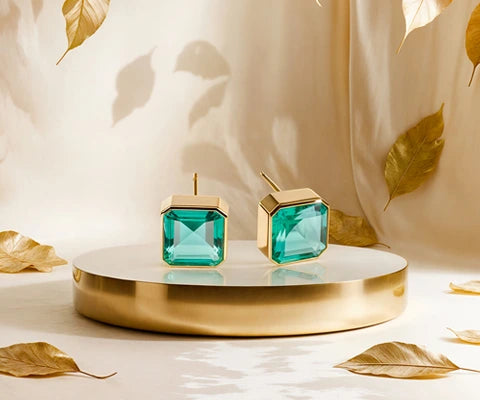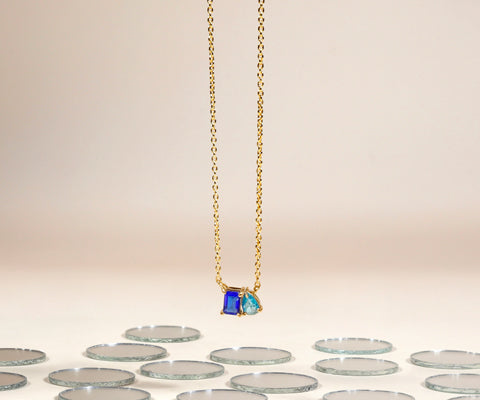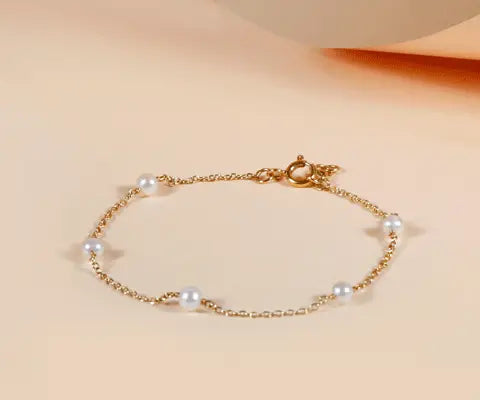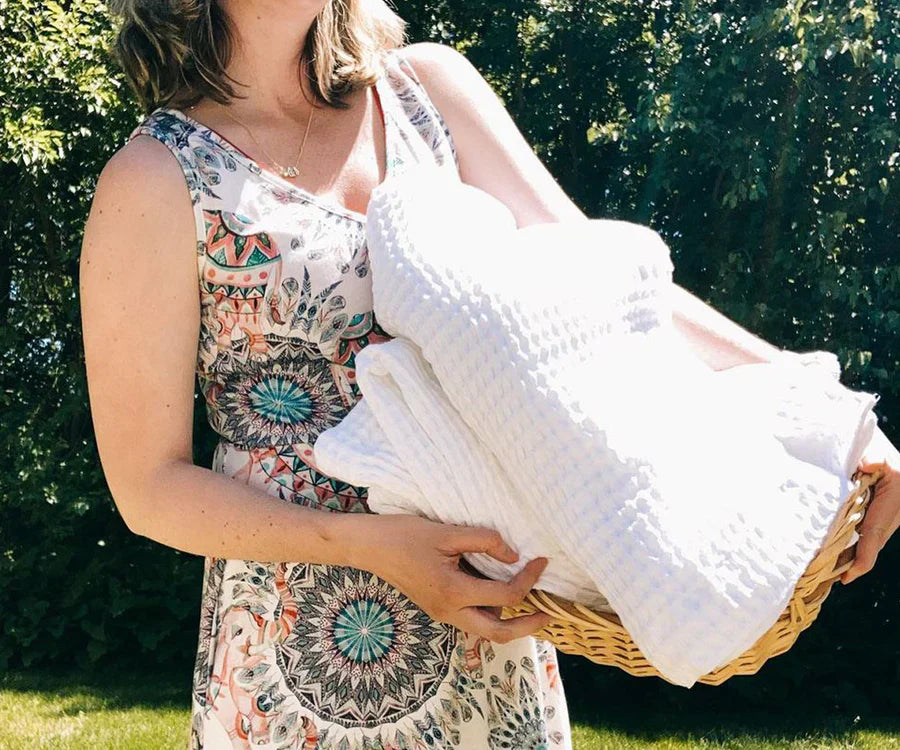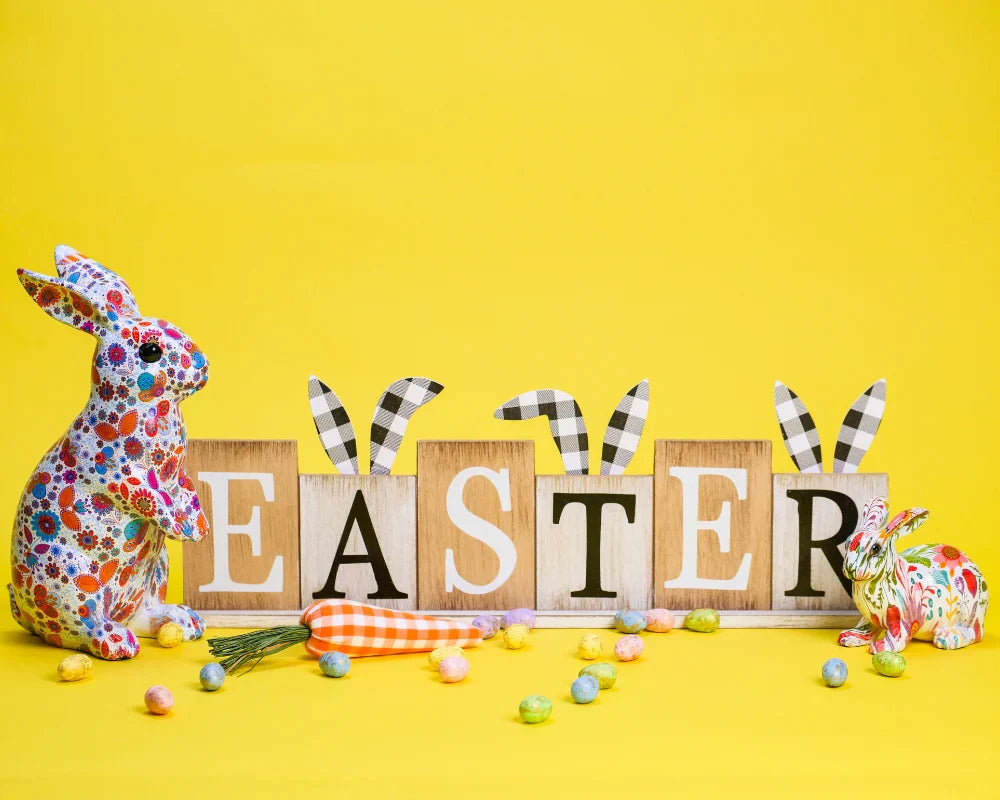Why Do We Color Eggs on Easter?
Eggs have long been a symbol of new life and rebirth, making them a perfect fit for Easter celebrations. The tradition of coloring Easter eggs dates back centuries and is believed to represent Jesus’ resurrection. The bright and cheerful colors bring joy and festivity, making Easter even more special.
What is the Color of Easter?
Easter is known for its soft pastel tones, symbolizing renewal and hope. The Easter color palette includes shades of yellow, pink, blue, green, and purple. These colors represent joy, growth, and spirituality. If you’re wondering what color to wear on Easter Sunday, pastels are always a great choice.
Find Out: Easter Dinner Ideas: Traditional & Unique Menu Options for 2025
How to Color Easter Eggs with Food Coloring
Coloring eggs at home is easy, and you don’t need fancy kits—just some food coloring, vinegar, and boiled eggs. Follow these simple steps:
1. Prepare the Dye Bath
-
Use heat-proof bowls or cups for each color.
-
Add 1/2 cup of boiling water to each container.
-
Stir in 1 teaspoon of white vinegar.
-
Add 10-20 drops of food coloring, depending on how vibrant you want the color.
-
Mix well until the color is evenly distributed.
2. Dye the Eggs
-
Carefully place hard-boiled eggs into the dye bath using tongs.
-
Let eggs sit in the dye for 3-5 minutes for lighter shades and longer for deeper colors.
-
Check the color by lifting an egg out of the dye.
-
Repeat for all eggs and colors.
3. Dry the Eggs
-
Remove eggs carefully and place them on a wire rack or paper towels.
-
Let them air dry completely before handling.
Keep your hands dry and your workspace mess-free with our soft and absorbent kitchen towels—perfect for easy cleanup while coloring Easter eggs.
Creative Easter Egg Decorating Ideas
Make your Easter eggs extra special with these fun decorating techniques:
-
Marbling Effect: Add a tablespoon of olive oil to the dye bath and swirl the eggs for a marbled design.
-
Glitter Eggs: Apply a thin layer of craft glue to dried eggs and sprinkle with glitter.
-
Patterned Eggs: Use stickers, tape, or wax crayons to create unique designs before dyeing.
-
Natural Dyes: Try using onion skins, turmeric, or purple cabbage for beautiful organic colors.
What Color Eggs Do Easter Eggers Lay?
Easter Egger chickens are known for their colorful eggs, which can be blue, green, pink, or even olive. Their eggs add a natural pop of color to any Easter basket!
Read On: How to Decoupage With Napkins: Easy Steps & Tips
Plastic Easter Eggs vs. Real Eggs
If you’re looking for long-lasting decorations, plastic Easter eggs are a great alternative. They can be filled with candy, small toys, or money for Easter egg hunts. Real eggs, however, offer a traditional feel and allow for creative dyeing and decorating.
Make Easter shopping hassle-free with our sturdy and eco-friendly reusable grocery bags, ideal for carrying all your holiday essentials in style.
Tips for the Best Results
-
Use clear cups to easily check the color while dyeing.
-
Vinegar is key—it helps the dye stick and enhances brightness.
-
Experiment with colors by mixing food coloring to create custom shades.
-
Keep eggs cool before dyeing to prevent cracks.
-
Refrigerate dyed eggs if you plan to eat them later.
Read More: Gen Z Fashion Trends: The Hottest Styles to Watch in 2025
Coloring Easter eggs is a fun tradition that brings family and friends together. Whether you use food coloring, natural dyes, or creative decorating techniques, your eggs will be a beautiful part of your Easter celebration. Don’t forget to check out our Easter collection for festive table linens and decor to complete your holiday setup!
Happy Easter!

